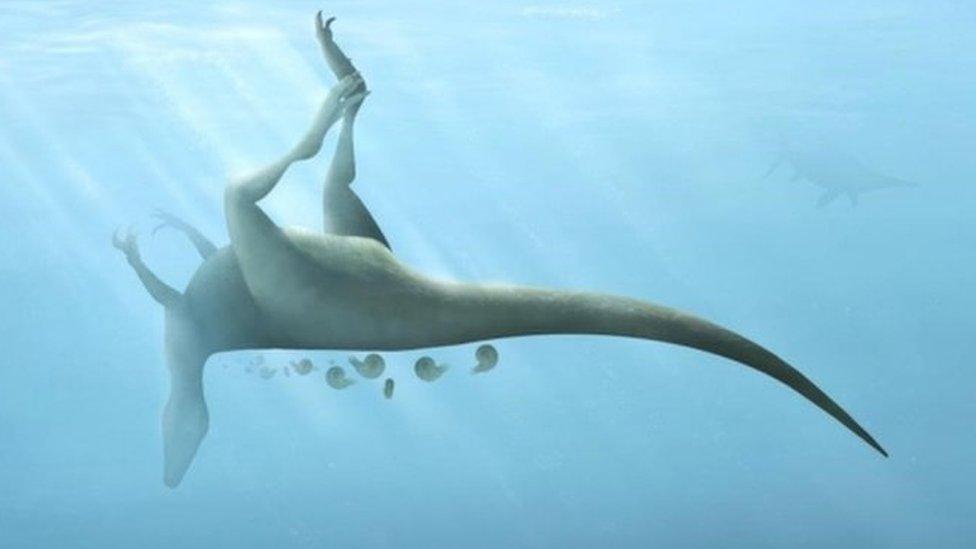Pterosaur: Scientists solve mystery of how the world's largest reptile flew!
- Published
- comments
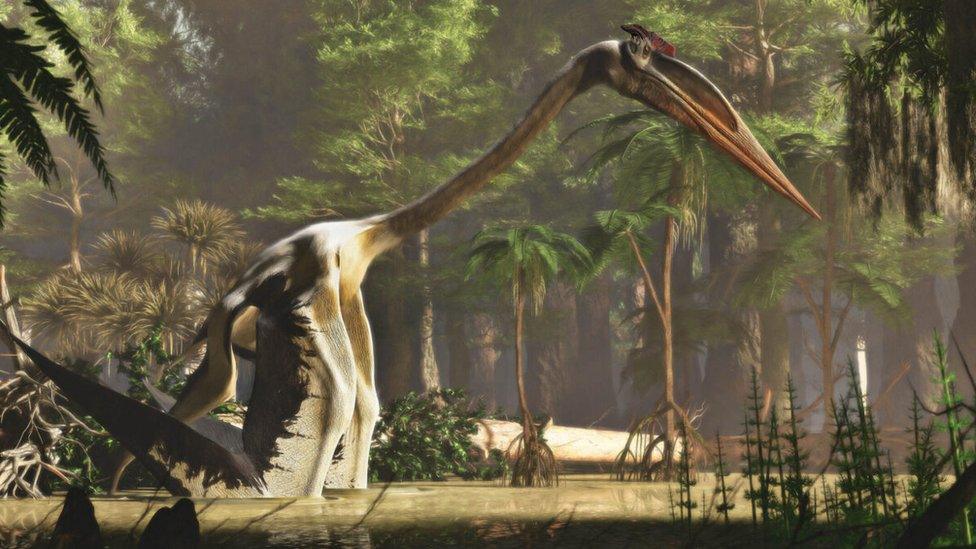
Artists's impression of how the Pterosaur called Quetzalcoatlus might have looked
Scientists believe they have solved the mystery of how the world's biggest reptile was able to fly.
The giant pterosaur, called a Quetzalcoatlus, had a wingspan of around 12 metres - that's longer than the length of a double-decker bus!
It is the largest known animal to have ever taken to the sky, and lived on earth around 70 million years ago.
Experts believe it jumped at least two and a half metres in the air before lifting off by flapping its huge wings.
What did scientists find?
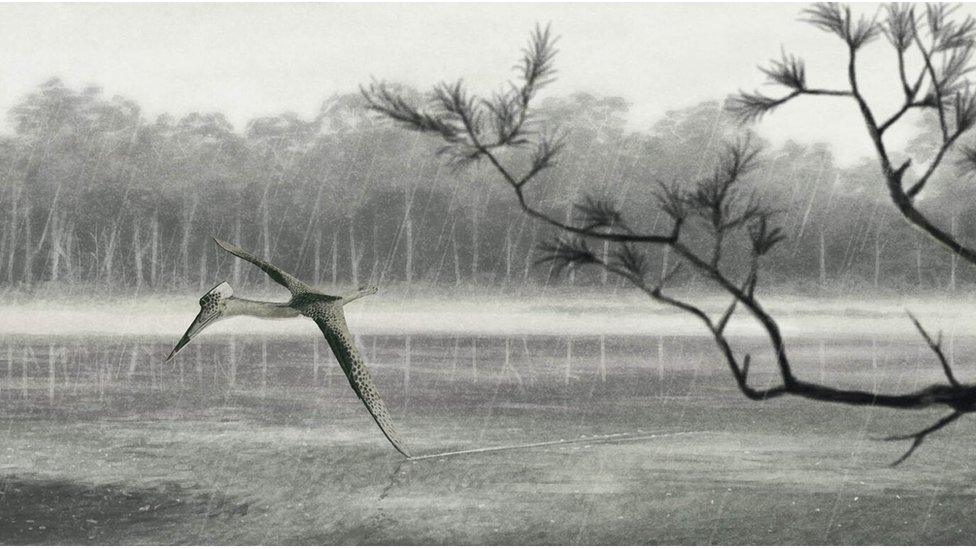
There were more than 200 species of pterosaur that lived on Earth
The team made the discovery by studying Quetzalcoatlus bones along with other pterosaur fossils, including some found nearly 50 years ago.
Fossils of the Quetzalcoatlus were first discovered in Big Bend National Park in America in 1971. This led to the identification of two new pterosaur species.
Experts at the University of Texas at Austin in the United States found that the Quetzalcoatlus might have lived like today's herons, hunting alone in rivers and streams.
They believe that it used its long, toothless jaws to sift for crabs, worms and clams from river bottoms and lakebeds.
Pterosaurs weren't always the flying monsters we know of today, they actually evolved from land-based animals and first began flying around 245 million years ago during the Early Triassic period.
Matthew Brown from the University of Texas at Austin said, "This is the first time that we have had any kind of comprehensive study."
"Even though Quetzalcoatlus has been known for 50 years, it has been poorly known," he added.
Could you be a dinosaur detective? Take our quiz below and find out!
If you cannot see the quiz, click here.
- Published27 September 2021
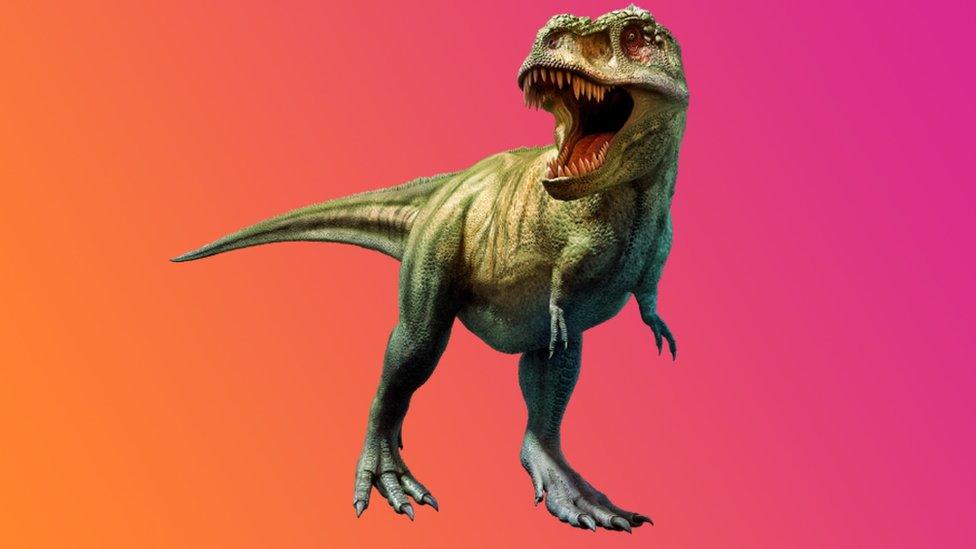
- Published29 October 2020
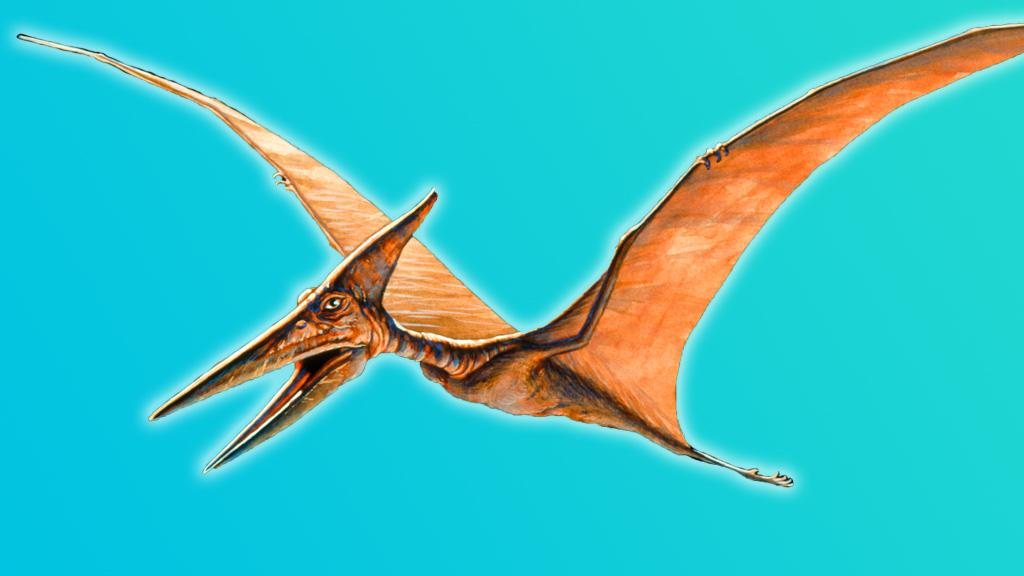
- Published12 August 2020
